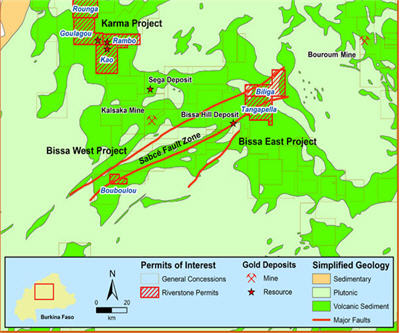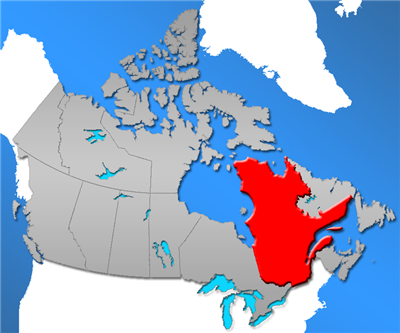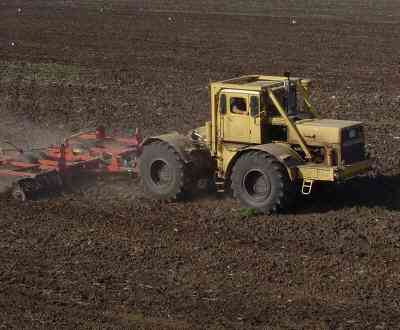Riverstone intersects new gold zone at Karma
iverstone Resources Inc. (TSX VENTURE:RVS)(OTCQX:RVREF)(FRANKFURT:3RV) is pleased to report further results from the drill program on the company's Karma Project in Burkina Faso, West Africa (see map on website: http://www.riverstoneresources.com/i/maps/110608-100504_GG1_2_Cartoon.jpg). The holes are part of an ongoing RC drill program on the Goulagou I zone of the Karma Project. The program is designed to both fill-in and expand the known mineralization at Goulagou I, which remains open in all directions, especially to the west and at depth.
Map of the Karma Project by Riverstone Resources Inc.









